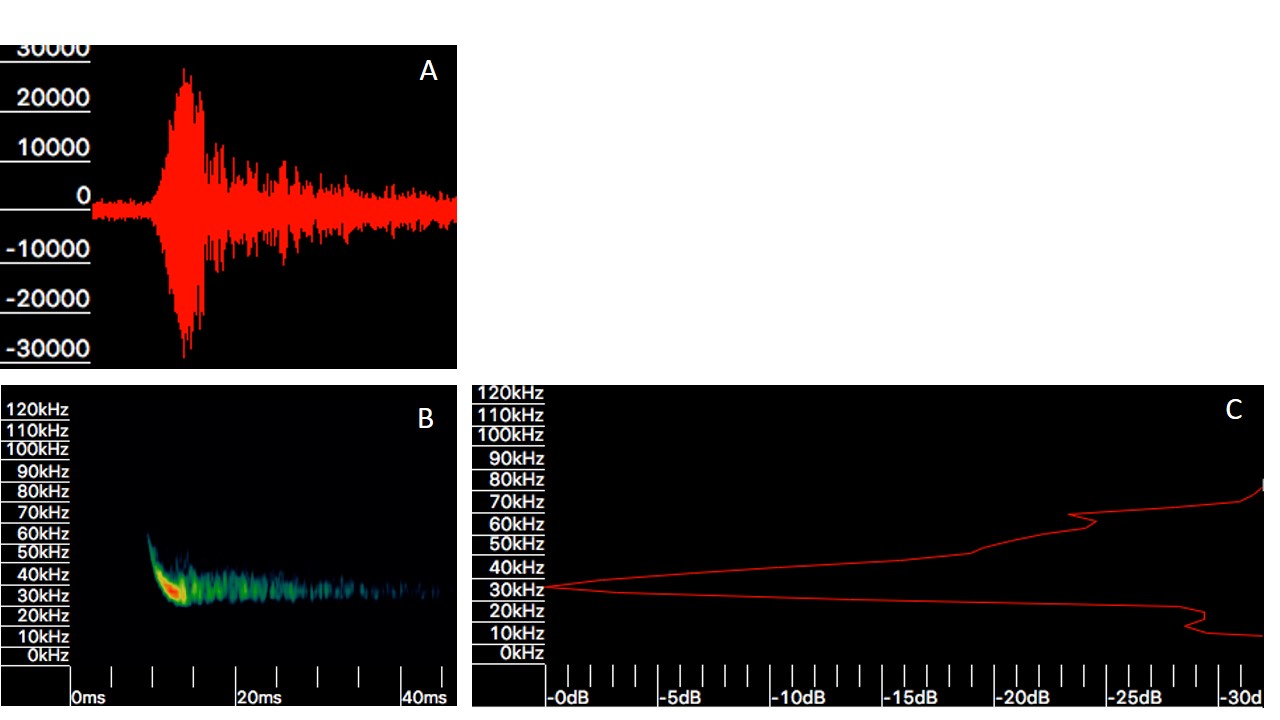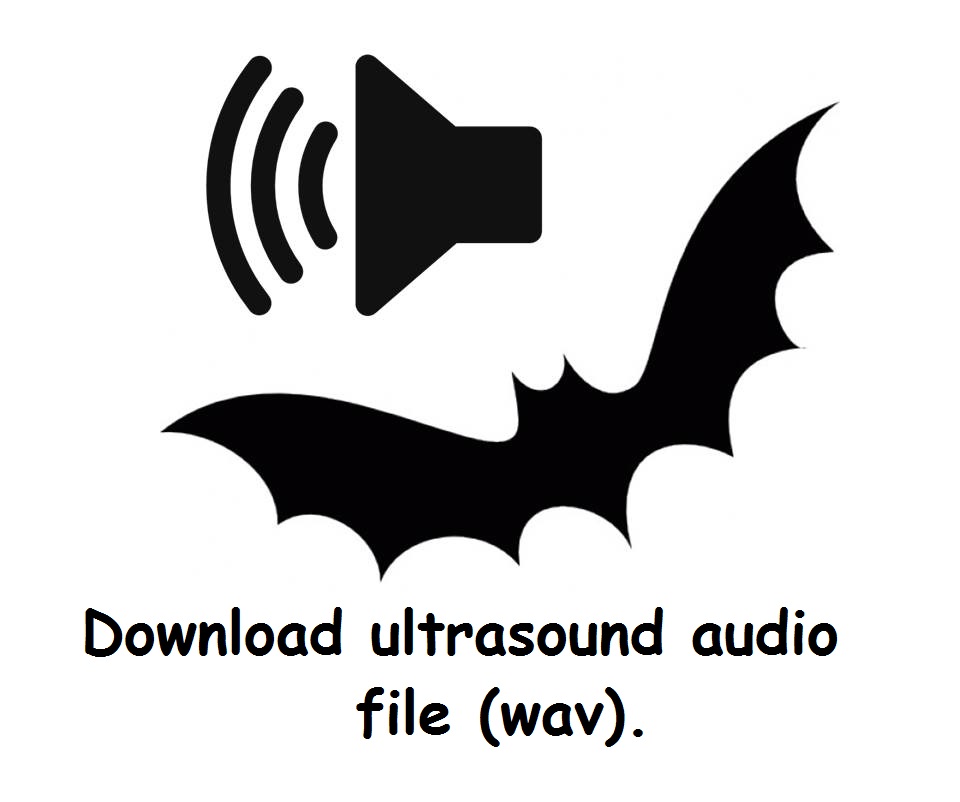Languages
Eptisecus sp.
3 possible species of the genus Eptisecus have been registered in Brazil: E. brasiliensis, E. chiriquinus and E. furinalis.
This genus generally comprises small to medium sized bats;
Eptesicus furinalis measures on average 5.4cm, weighs on average 8.5g and has a dark brown dorsal coat;
E. brasiliensis measures from 5.5 to 6.2 mm, weighs from 7 to 10 g, with a dorsal coat ranging from dark brown to reddish brown; whereas
E. chiriquinus can be larger than the others and may reach 6.9 cm and weigh up to 13 g. and may have a blackish coat.
The uropatagium of all these species are well developed forming a well-defined V.
They live in primary forests, open areas and E. brasiliensis and E. furinalis can be found close to urban areas or in human buildings. They seem to forage preferentially in open spaces and are housed in hollow trees, cracks in rocks and caves. The initial pulse of the call is of modulated frequency, but may have a considerable part of almost constant frequency, the final frequency is usually more than 45 kHz.
Eptesicus furinalis and E. brasiliensis occur in practically the whole of Brazil. Eptesicus furinalis has been registered in Colombia, Venezuela, Guianas, Bolivia, Paraguay, Uruguay and Argentina, can also be found in Central America. Eptesicus brasiliensis is found in Trinidad and Tobago, Colombia, Venezuela, Guianas, southern Suriname to Ecuador, Peru and Paraguay to the northeast of Argentina, can also be found in Mexico. Eptesicus chiriquinus occurs only in lowland areas of Colombia, Venezuela, Guainas, eastern Ecuador, Peru, Bolivia, and Mexico, in Brazil it is found only in the Amazon.
Figure 1. Echolocation call of Eptisecus sp. A) Oscillogram of acoustic pulses; B) Spectrogram of a sequence of calls; C) Intensity spectrogram. (Click figure to enlarge)






